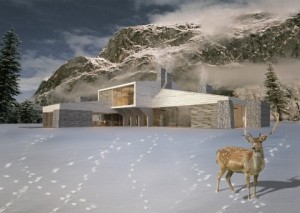Manuel in the text analyzes the Evolution of form , taking the philosophy of Deluze as a base .Deluze explains that the evolution of form and structure involves resources that is beyond the potential ability of material basis of forms and structure. The resources for the formation may be transcendental which is imposed on infertile objects and not spontaneous behavior (inertia) self-generation of form , thus always keeping some external forces agency in the background. It may be immanent matter itself that endogenously generated.
The two governing philosophy of actualization of virtual process according to Deluze would be ‘topological and mathematical’. The topological philosophy has been interpreted with the formation of soap bubble , that endogenous topological form governs the collective behavior of individual unit and results in emergence of from. The principles that organize the socio technological, biological and physical structure can be distilled into diagrams that can govern virtual meshwork and other genesis . The inherent resource is involved in different oscillating behavior. Thus , topological form can lead to the morphogenesis of a diverse range of geometrical forms, through the process of ‘divergent actualization’.
The philosophy of mathematics explains that notion of ‘intensity’ would be the key to understanding the actualization of virtual form. Thermodynamic philosophy is explained by the idea that intensity differences are morphogenetic, even if in this case the form that emerging is too simple. The two types of structure would be ‘Starta’ (trees) which emerges from articulation of homogeneous elements and ‘Self consistent aggregate’ (Rhizome) which emerges from articulation of heterogeneous elements . Homogeneous components are linked by heterogeneous elements through interlock and intercalation which could be termed as ‘double articulation’. Hence double articulation could be the key to the futuristic Architecture. Deleuze’s work promises to enrich the conceptual knowledge of both science and art and that in the future it could lead to a complete reconceptualization of our history as well as of our alternatives for the future.


